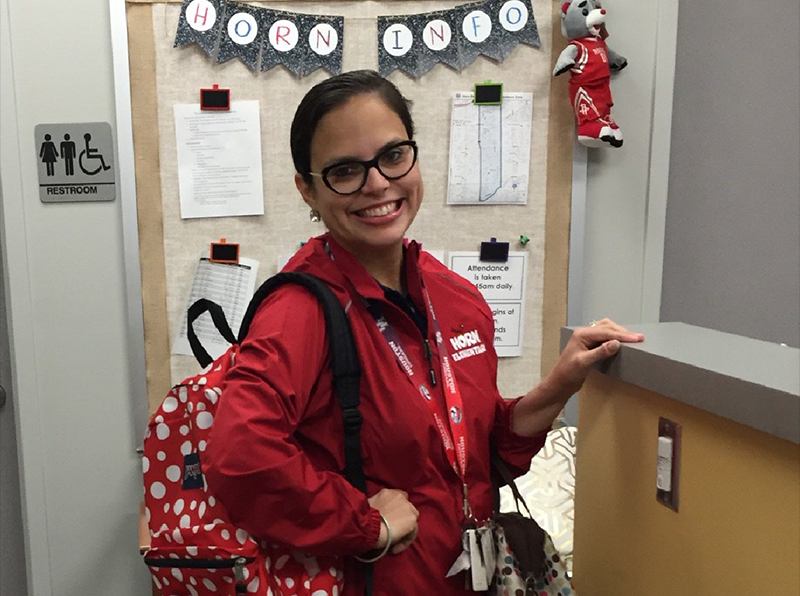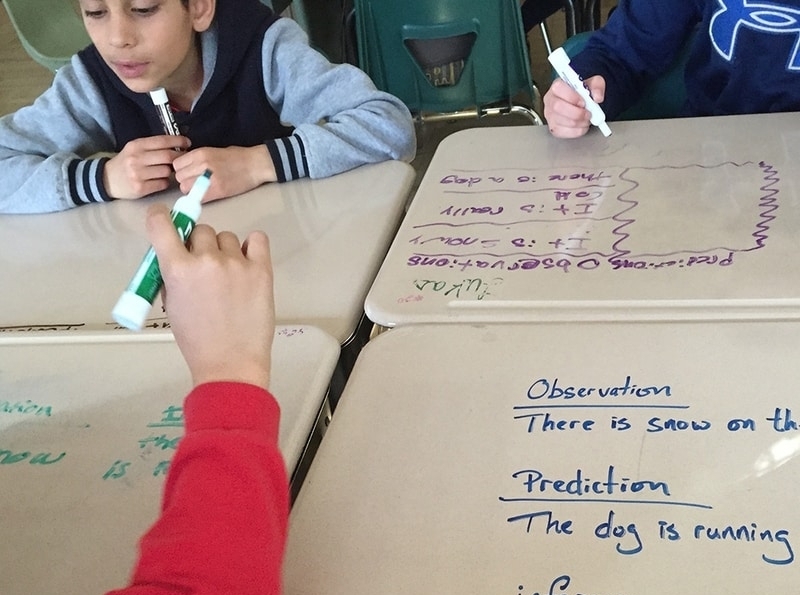We aim to strengthen the world’s capacity for creativity and meaningful work. Here are a variety of ways to look at the d.school’s impact.
The Numbers
Each year, the d.school touches nearly 10% of Stanford students from all seven schools on campus. From 2005-2016, we’ve offered 279 for-credit classes and over 132 pop-up classes.
Harder to quantify but perhaps equally important are the numerous courses across the university that incorporate and adapt d.school methods into new contexts.
279
for-credit classes offered from 2005 - 2016... and counting
The Stories
The d.school has affected thousands of students and changed their paths in profound ways. We see three repeating patterns:
Students who change their field of work and study
Some gain skills and perspectives that they take back to their primary discipline and fuel innovation there.
- Students who impact the world by launching new organizations
Some launch new organizations that are quite literally changing the world
- Students who discover their own sense of purpose
Many will simply say, “This changed my life.”
“I can feel it when I walk in. There is so much energy here. People are crazy about the ideas they are coming up with and they want to make them into a reality. ”
Elizabeth Woodson '15 reflects on her d.school experience.
In her junior year at Stanford, Elizabeth took a class called d.leadership, where students lead partner organizations through an innovation project. Her team's idea was to flip a traditional model on its head: instead of requiring people to come into a local health clinic, the clinic could take its services out to the community. At first the partner organization was resistant, but trying a prototype propelled them into a new way of thinking and doing.
Noora Health
One of Fast Company’s Most Innovative Companies 2016
Noora Health is a Bangalore-based non-profit that helps patients' families and caregivers learn critical skills needed to recover from major medical events and chronic conditions. Born out of the d.school and part of the winter 2014 cohort of the Y Combinator accelerator, Noora uses an iPad app and a range of videos, quizzes, and interactive content to impart valuable knowledge for at-home recovery, while working to reduce hospital readmission rates.
For now, the visuals-first Noora platform is focused on India, where hospitals can be chaotic and struggle with a high volume of patients as well as high patient illiteracy. Its strategy seems to be working: one study showed a 24% reduction in readmissions and a 36% reduction in 30-day post surgical complication rates at Noora's partner hospitals.
Here's a small sample of how d.school alumni are making change* in the world:
*Numbers current as of 2016
Redesigning K12 Education
In 2016, the d.school worked with IDEO and rallied over 1500 school leaders to take our challenge: shadow a student for an entire day. The goal: experience school from the student perspective.
Karen Ritter, an assistant principal at a high school just outside of Chicago, decided to follow 9th grader Alan Garcia.
Her experience was featured on PBS News Hour.
1765
school leaders shadowed a student to gain empathy in February 2016
The Future of On-Campus Education
Our university—like most—was designed around a model of education that has remained fairly constant for hundreds of years. But many schools and educators are currently looking at this model with fresh eyes. Online learning poses a potential disruption and allows us to question how time, space, expertise, accreditation, and student agency may also change within higher education.
The d.school worked with hundreds of perceptive, creative, and generous students, faculty, and administrators over the course of a year to explore learning and living on campus, now and in the future.
The project culminated with an experiential exhibit entitled “Stanford 2025,” held at the d.school in May 2014. We offered guests a set of provocations—a subjective, student-centered imagining of what could happen as the future unfolds.
Reimagining Legal Education
Law isn’t typically thought of as a space for creativity. Margaret Hagan, a d.school fellow in 2013 - 2014, is changing that. She founded the Legal Design Lab at the Stanford Law School.







